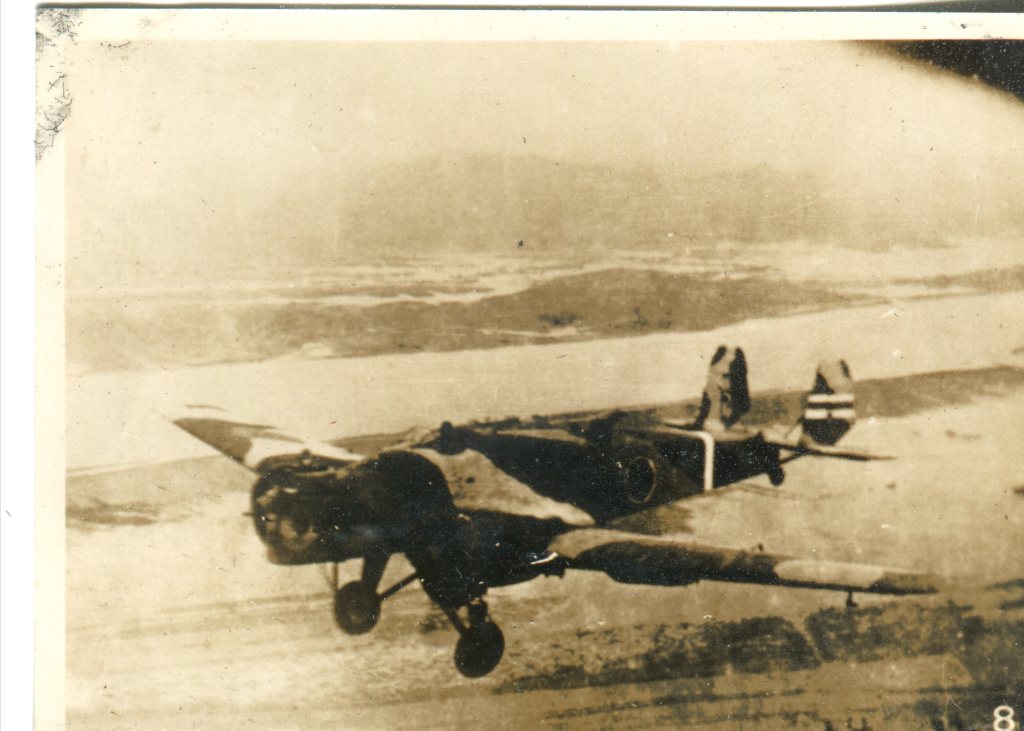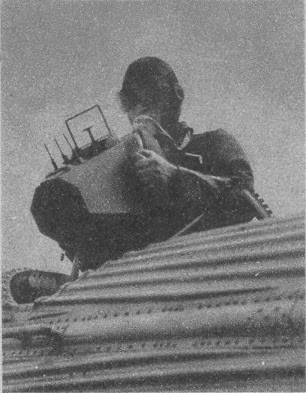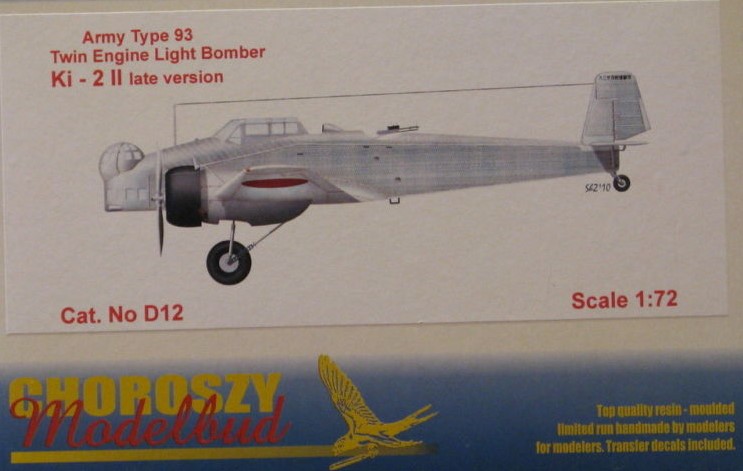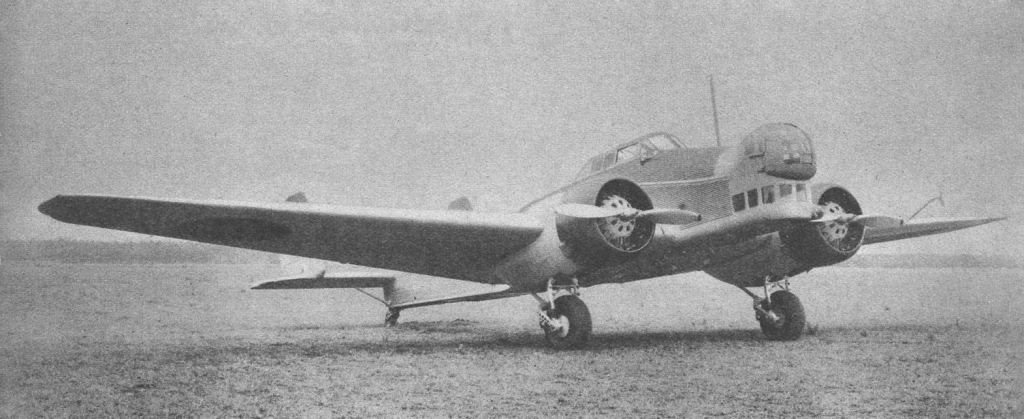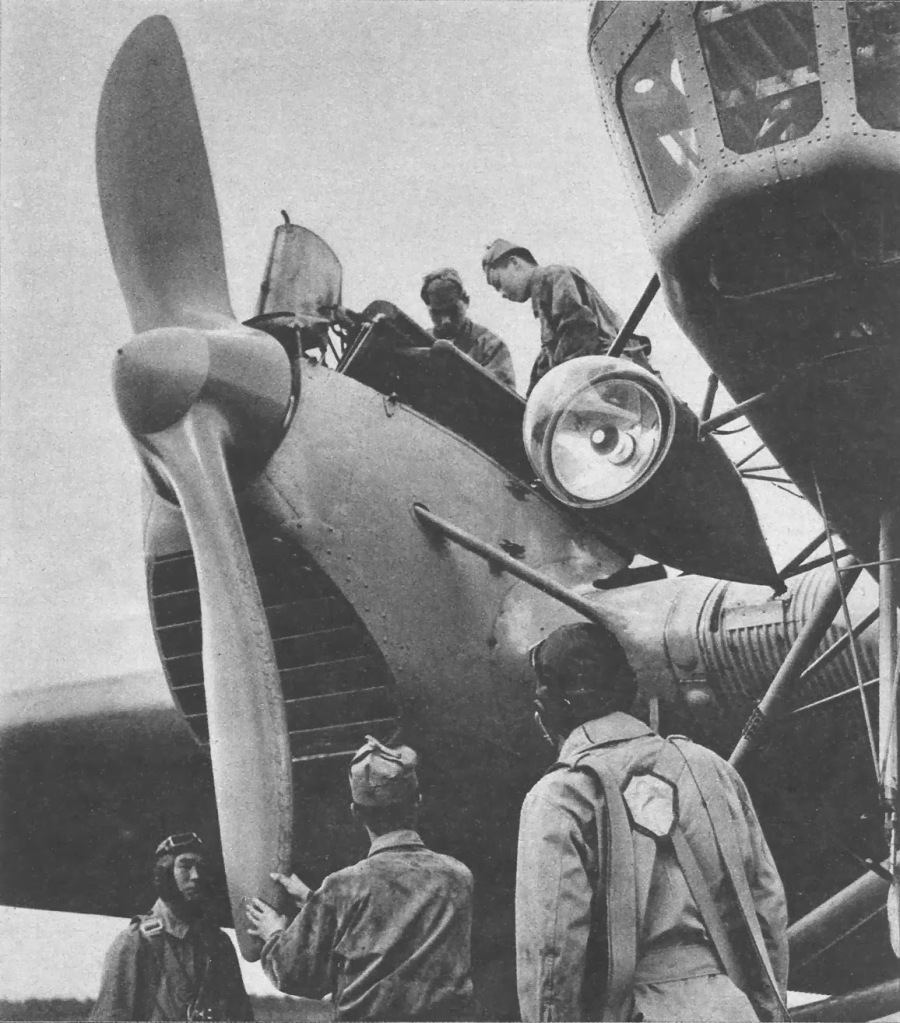A Mitsubishi Ki-1-II with semi-retractable landing gear from my private original photo collection.
The Ki-1 and Ki-2 (Kee-Ichi, Kee-Ni) aircraft were successful heavy and light bomber designs of the early 1930s, heavily inspired by a Junkers German-Swedish design from the late 1920s which the Japanese purchased the rights to manufacture. While the Ki-2 was only slightly modified from the K37, the Ki-1 was an original Japanese design that took the Junkers K37 and enlarged it significantly (by roughly 30%) to allow for a much heavier bomb load. Both used body parts, Japanese engines, and machine guns of Japanese manufacture, so there was no dependency on parts from Junkers. A total of over 300 of the pair of aircraft were produced, which was significant considering that their primary use was in Manchuria (Manchukuo) and later in China.
The Ki-2 was, like its much larger stable mate the Mitsubishi Ki-1, were based on the German Junkers S36 which was militarized into the Junkers K37 by Junker’s Swedish subsidiary AB Flygindustri. In the early 1930s Japan was impressed by the K37’s trials and Mitsubishi went on to build the Ki-1 and Ki-2 planes as a heavy and light bomber respectively. While the Ki-2 Light Bomber was very close in design to the K37, the Ki-1 Heavy Bomber was much larger and capable of carrying triple the bomb-load at 1500kg. Both planes have a similar appearance with a manned gun turret in the front of the aircraft with twin 7.7mm Army Type 89 flexible machine guns, but the size difference between both is considerable. The Ki-1 had a wingspan of 26.50 m (86 ft 11¼ in) and a crew of 4, while the smaller Ki-2 had a wingspan of 19.952 m (65 ft 5.508 in) and a crew of 3.
One of the machine gun mounts could be used for taking photos for recon / intel missions. Note the Nedinsco type 25cm Aerial Camera shown here:
By the late 1930s the relatively low speed, small caliber defensive armament, and inability to maintain flight with a single engine failure (along with unreliable engines) forced the Ki-1 and Ki-2 into retirement.
Scale Models for Reference:
Choroszy has a few (possibly the only available) models of the Ki-1 and Ki-2 bombers:
Why include the Ki-1 and Ki-2 in games?
Despite their successes, both aircraft have a distinctive antiquated almost “Steampunk” appearance, and have rarely been seen in games. Now that more games like Order of Battle: The Pacific are including campaigns in China and Manchuria (Manchukuo), these aircraft are worth adding. These planes made up the bulk of Japan’s multi-engined bombers during these early campaigns, so they should be included for the sake of historical accuracy.
In action games like War Thunder, the Ki-1 and Ki-2 would have held their own well against Chinese biplanes of the era such as the Gloster Gladiator or Vought V-65C, making for some potentially exciting scenarios with control of all turrets from open air positions.
A Ki-2-II with glazed nose turret
SPECS:
The Mitsubishi Ki-1 Heavy Bomber was a low-wing, cantilever monoplane with fixed landing gear, twin fins and rudders, and was powered by two 701 kW (940 hp) Ha-2-2 water-cooled radial engines, giving a maximum speed of 220 km/h (140 mph). The pilot and co-pilot were seated in tandem under an enclosed canopy, while gunners sat in semi-enclosed nose and dorsal gun turrets, each armed with a single 7.7 mm (.303 in) machine gun. The usable bomb load was up to 1,500 kg (3,310 lb).
The Mitsubishi Ki-2 Light Bomber was a low-wing cantilever monoplane with corrugated duralumin decking and twin fins and rudders, and had fixed divided landing gear. It was powered by two 435 kW (583 hp) Nakajima Kotobuki radial engines. Maximum speed was 225 km/h (140 mph), normal range 900 km (560 mi) and maximum take-off weight 4,550 kg (10,030 lb). Single 7.7 mm (.303 in) machine guns were mounted in a semi-enclosed nose gun turret and a dorsal position, and maximum bomb load was 500 kg (1,100 lb).
Mitsubishi Ki-2 Early Model with open nose turret being tested by engineers
Ki-1 Specs:
- Crew: 4
- Length: 14.8 m (48 ft 6½ in)
- Wingspan: 26.50 m (86 ft 11¼ in)
- Height: 4.92 m (16 ft 1.68 in)
- Wing area: 90.74 m2 (976.72 ft2)
- Empty weight: 4,880 kg (10,759 lb)
- Gross weight: 8,100 kg (17,857 lb)
- Powerplant: 2 × Ha-2-2 radial, 701 kW (940 hp) each each
Performance
- Maximum speed: 220 km/h (137 mph)
- Service ceiling: 5,000 m (16,404 ft)
Armament
- 3× 7.7 mm (0.303 in) machine guns
- 1,500 kg (3,307 lb) of bombs
Ki-2 Specs:
- Crew: 3
- Length: 12.6 m (41 ft 3.6 in)
- Wingspan: 19.952 m (65 ft 5.508 in)
- Height: 4.635 m (15 ft 2.484 in)
- Wing area: 56.2 m2 (604.9 ft2)
- Empty weight: 2,800 kg (6,173 lb)
- Gross weight: 4,500 kg (9,921 lb)
- Powerplant: 2 × Nakajima Jupiter nine cylinder air-cooled radial engine, 450 kW (603 hp) each each
Performance
- Maximum speed: 225 km/h (140 mph)
- Range: 900 km (559 miles)
- Service ceiling: 7,000 m (22,966 ft)
Armament
- 2× 7.7 mm (0.303 in) machine guns
- 500 kg (1,102 lb) of bombs
Mitsubishi Ki-1 Engine

